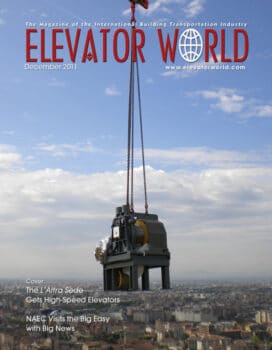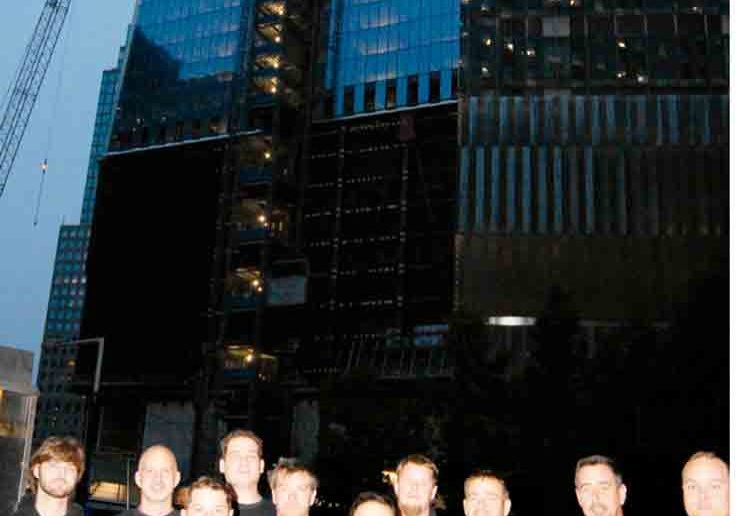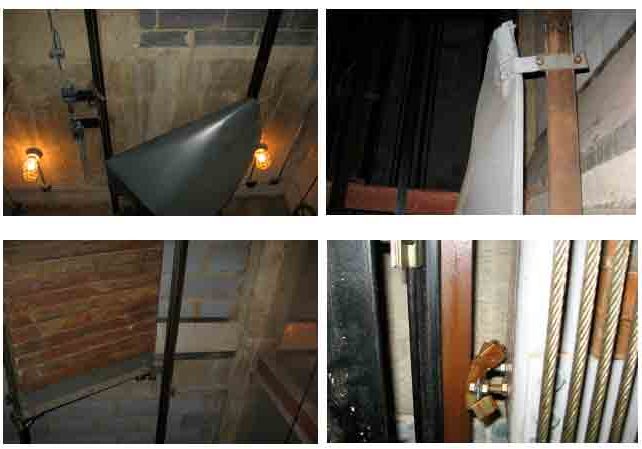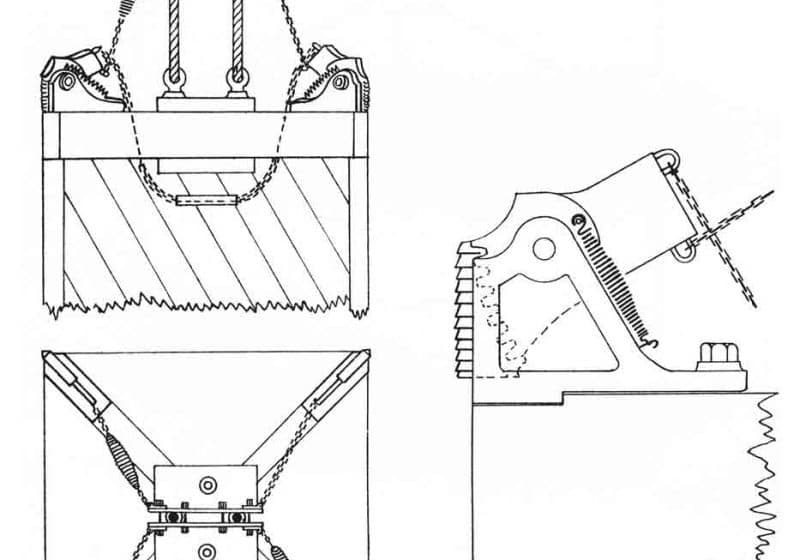So, here it is – December 2011, and we are still in the economic doldrums in much of North America and the western world. Recent construction reports indicate that this year, the fifth consecutive, will close out reflecting a decline in the dollar value of U.S. construction starts. McGraw-Hill Construction predicts the final numbers will show the U.S. dollar value for new construction starts dropping 4% below those of 2010. And, for 2012, it is predicted that the market will be relatively flat, with overall recovery not coming until 2013 or 2014. This news will cause domestic elevator companies some degree of consternation, yet, for major multinational companies and component suppliers geared up to export equipment overseas, the outlook appears to be better.
According to the Council on Tall Buildings and Urban Habitat, 90% of the world’s tallest buildings currently under construction are outside the U.S. With numerous skyscrapers being built in Asia, the overseas high-rise elevator market will be quite busy during the next few years.
The construction outlook north and south of the U.S. is a bit better. This became evident to me during a trip to Montreal in September, where it was apparent that construction activity was quite good. According to a recent elevator-industry statistical report presented during the Interlift Technical Forum by our South American Correspondent Carmen Maldacena, what she has previously referred to as “The Sleeping Giant” (south of the U.S. border) is in the process of awakening.
Maldacena’s latest statistical study indicates that during the next four years, throughout the 17,820-km2 South American continent in which almost 400 million people live, there will be a 48.6% growth over the number of new elevators produced in 2010, with a huge peak occurring in Brazil.
From an international perspective, we can say that with the exception of some parts of Europe, our industry should fare well during the coming years. Although no major new construction growth is predicted in the U.S., the large number of existing elevators ripe for upgrade should, as has been the case during previous economic downturns, help our industry get through 2012.
According to the latest edition of The Insider,[1] there are an estimated one million elevators in operation in the U.S. and Canada, 50% of which are more than 20 years old. Although these units may still operate well, with elevator energy usage representing as much as 5% of a building’s total energy profile, there will be opportunities for elevator companies and equipment suppliers to provide energy-saving systems throughout the coming years, especially since the current emphasis is on the need to use energy as efficiently as possible. A 500,000-unit potential upgrade market is very good, and the energy-saving elevator and escalator systems now available to building owners could reduce their facilities’ energy costs and greenhouse-gas emissions. “While building owners and managers may not immediately think of elevators and escalators when seeking ways to reduce their energy consumption, these building transportation solutions can play an important role in ‘greening’ a facility.”[1]
The Continuing Education article entitled “Elevator Drives, Power Quality and Energy Savings” by Jonathan Bullick and Brad Wilkinson in this month’s issue describes the design and operation of regenerative elevator drives and how they can increase system efficiency and lower a building’s energy costs. In addition to the theory of how various types of elevator drives operate, the article examines applications in which regenerative drives can achieve significant energy savings for new installations and modernizations. The study of this fine educational article, in addition to answering the accompanying assessment examination questions, will be very useful to Certified Elevator Technicians (CET®s) and Certified Accessibility and Private Residence Lift Technicians (CAT®s).
While we cannot say that the near future for our industry will be bright all over the world, we can say there will be many business opportunities in our industry throughout 2012. These may be new installations (as it appears will be the case in much of the Middle East, Asia and South America) or modernizations as predicted for the U.S. In view of this, elevator contractors should “be prepared” to take on whatever projects come their way.
Reference
[1] The Insider is a bimonthly e-mail newsletter distributed by the National Elevator Industry, Inc. (NEII®) and is available at website: www.neii.org.
Get more of Elevator World. Sign up for our free e-newsletter.









